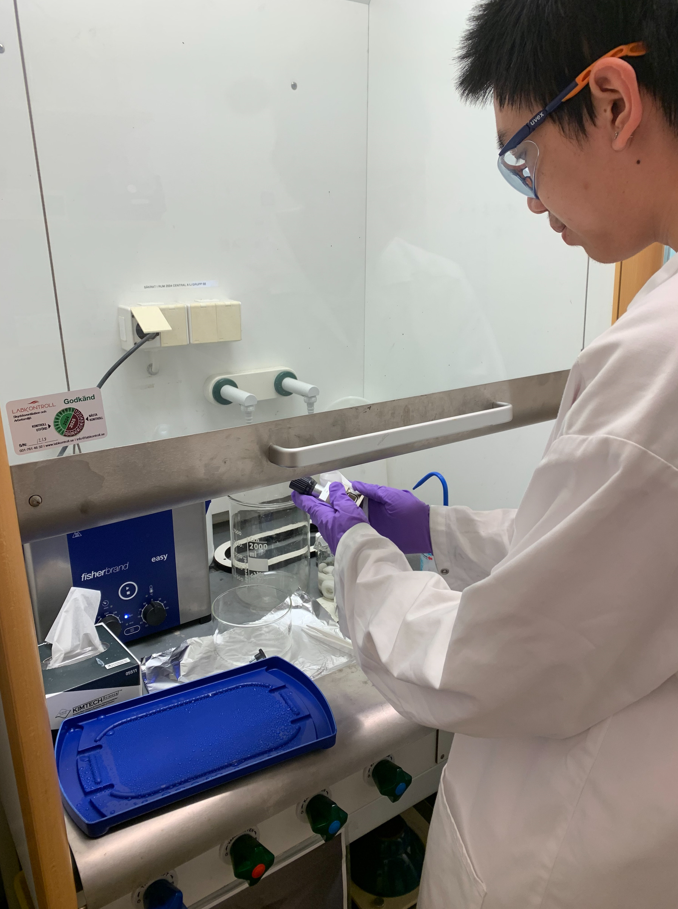
The demand for rechargeable batteries has skyrocketed as the world shifts towards renewable energy. Further optimization of lithium-ion batteries to maximize energy density and capacity retention involves overcoming obstacles such as mechanical degradation of battery components and solid electrolyte interphase formation. One important factor that is overlooked in battery optimization is stack pressure. With more stack pressure, better electrical contact can be established between the electrode and current collector, while the filling of the electrode pores with electrolyte can be improved. This project compared the performance of two lab-based lithium-ion cell batteries, coin cells, and a three-electrode cell with pressure control. The three-electrode cell was benchmarked against lab coin cells to determine if this method offers any advantages in cycling performance. In coin cells, cell stacks of high-performance NMC and graphite electrodes, the electrolyte 1 M LiPF6 in EC:DEC (50:50 v/v), and two 0.5 mm or 1 mm stainless steel spacers were investigated. Using the 0.5 mm spacer, a stack pressure of ~100 kPa was achieved versus ~600 kPa with the 1 mm spacer. The three-electrode cell utilized a similar cell stack, situated under 100 kPa, 200 kPa, and 350 kPa with a screw and compression spring. These cells were cycled for 100 cycles at a cycling rate of 1 C and their capacity retention was analyzed throughout the cycling. The cycling performances revealed that the final capacity value was greater in coin cells, but the three-electrode cell had a better capacity retention rate through the cycling with smaller drops in capacity retention between cycles. An optimal pressure for the three-electrode cell could not be determined given the time frame; however, we concluded that the three-electrode cell is an effective cell architecture due to having an optimizable stack pressure and providing similar results in cycling performance compared to lab-tested coin cells.